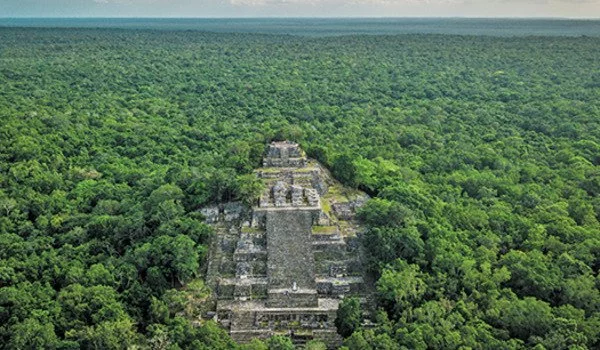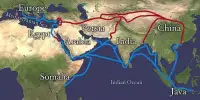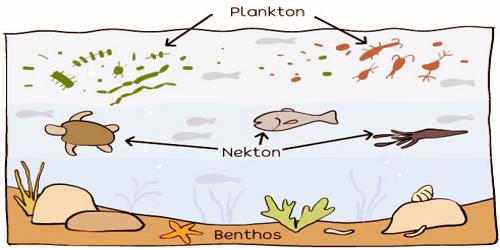Droughts coincided with the collapse of the Lowland Classic Maya civilization, according to paleoclimatologists, and some argue that climate change contributed to societal disintegration. Many archaeologists, however, believe that drought cannot account for the timing or complexity of societal changes at the end of the Classic Period, which lasted from the eighth to the eleventh centuries ce.
Population declines, political rivalries, and civil conflict characterized an extended period of turmoil in the prehistoric Maya city of Mayapan in Mexico’s Yucatan region. Between 1441 and 1461 CE, the strife reached an unfortunate climax, resulting in the city’s complete institutional collapse and abandonment. All of this occurred during a prolonged drought.
Coincidence? Not likely, finds new research by anthropologist and professor Douglas Kennett of UC Santa Barbara.
Our study demonstrates that the convergence of information from multiple scientific disciplines allows us to explore big and highly relevant questions, such as the potential impact of climate change on society and other questions with enormous social implications.
Professor Douglas Kennett
In a paper published in the journal Nature Communications, lead author Kennett and colleagues from archaeology, history, geography, and earth science argue that drought may have fueled the civil conflict that led to violence, which in turn led to the institutional instabilities that precipitated Mayapan’s collapse. According to the researchers, this transdisciplinary work “highlights the importance of understanding the complex relationships between natural and social systems, especially when evaluating the role of climate change in exacerbating internal political tensions and factionalism in areas where drought leads to food insecurity.”
“We discovered complex relationships between climate change and societal stability/instability at the regional level,” Kennett explained in an interview. “Drought-induced civil conflict had a devastating local impact on the integrity of Mayapan’s state institutions designed to maintain social order. However, the fragmentation of populations at Mayapan resulted in population and societal reorganization that was highly resilient for a hundred years until the Spanish arrived on the Yucatan coast.”
The researchers examined archaeological and historical data from Mayapan, including isotope records, radiocarbon data, and DNA sequences from human remains, to document a period of unrest between 1400 and 1450 CE. They then used regional sources of climatic data and combined it with a newer, local record of drought from cave deposits beneath the city, Kennett explained.

“Existing factional tensions that developed between rival groups were a key societal vulnerability in the context of extended droughts during this interval,” Kennett said. “Pain, suffering and death resulted from institutional instabilities at Mayapan and the population fragmented and moved back to their homelands elsewhere in the region.”
The researchers discovered that the vulnerabilities revealed in the data were rooted in the Maya reliance on rain-fed maize agriculture, a lack of centralized, long-term grain storage, minimal irrigation investments, and a sociopolitical system led by elite families with competing political interests.
Indeed, the authors contend that “long-term, climate-caused hardships stoked restive tensions that were fanned by political actors whose actions eventually culminated in political violence more than once at Mayapan.”
Yet significantly, a network of small Maya states also proved to be resilient after the collapse at Mayapan, in part by migrating across the region to towns that were still thriving. Despite decentralization, trade impacts, political upheaval, and other challenges, the paper notes, they adapted and persisted into the early 16th century. It all points to the complexity of human responses drought on the Yucatan Peninsula at that time — an important consideration for the future as well as the past.
“Our study demonstrates that the convergence of information from multiple scientific disciplines allows us to explore big and highly relevant questions, such as the potential impact of climate change on society and other questions with enormous social implications,” Kennett said.
“Climate change concerns me, particularly here in the western United States,” he says, “but it is the complexities of societal change in response to climatic perturbations that concern me the most.” “Archaeological and historical records teach us about the past, and we now have a lot more information about our planet’s climate and potential vulnerabilities in our own sociopolitical systems.”
















